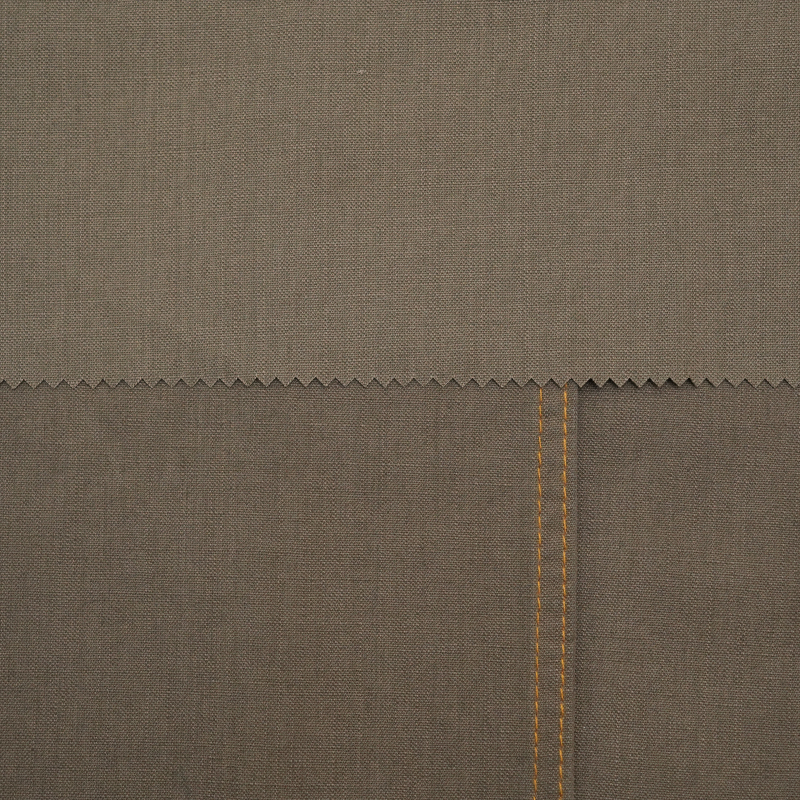Production of various high-end fabrics reaches 7 million meters annually, including a wide range of fashionable new products and exquisite items, with a broad coverage of color patterns.
Woven Fabrics: Types, Uses, and How They're Made
2025-10-31
Woven fabrics are a fundamental part of textiles, used in everything from clothing to home furnishings. Understanding how they're made, their types, and their best uses can help you make informed decisions for your projects.
Types of Woven Fabrics
Woven fabrics are created by interlacing two sets of yarns at right angles. The way these yarns are woven determines the fabric's properties. Here are the most common types:
| Fabric Type | Description | Common Uses |
|---|---|---|
| Plain Weave | The simplest weave, with a 1:1 interlacing pattern | Shirts, dresses, bed linens |
| Twill Weave | Diagonal rib pattern created by offsetting the weft yarns | Jeans, workwear, upholstery |
| Satin Weave | Floats create a smooth, lustrous surface | Evening wear, lingerie, bedding |
| Basket Weave | Two or more warp yarns interlaced with two or more weft yarns | Monk's cloth, some drapery fabrics |
How Woven Fabrics Are Made
The production of woven fabrics involves several key steps:
| Step | Process | Purpose |
|---|---|---|
| 1. Yarn Preparation | Spinning fibers into yarn | Creates the basic material for weaving |
| 2. Warping | Arranging lengthwise yarns (warp) on a beam | Prepares the foundation for weaving |
| 3. Weaving | Interlacing warp and weft yarns on a loom | Creates the fabric structure |
| 4. Finishing | Treating the fabric (bleaching, dyeing, etc.) | Improves appearance and performance |
When choosing a woven fabric, consider these factors:
- Durability: Twill weaves are generally more durable than plain weaves
- Drape: Satin weaves drape better than basket weaves
- Breathability: Looser weaves allow more air circulation
- Texture: Weave pattern significantly affects the hand feel
Woven fabrics offer endless possibilities for crafters, designers, and manufacturers. By understanding their characteristics, you can select the perfect fabric for any application.

 English
English 中文简体
中文简体 Tiếng Việt
Tiếng Việt





















